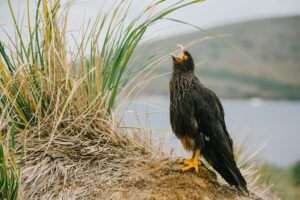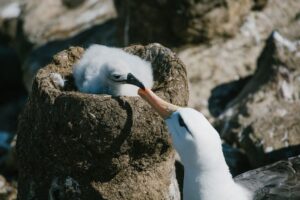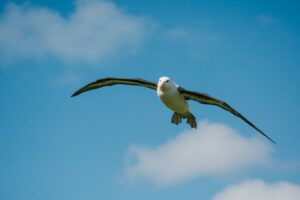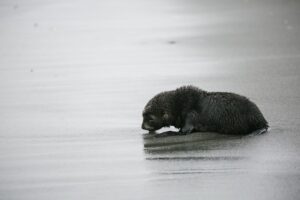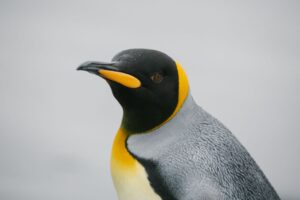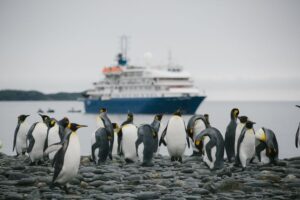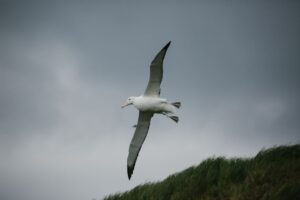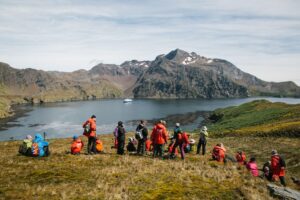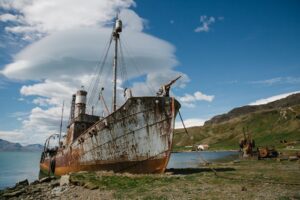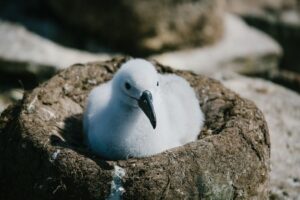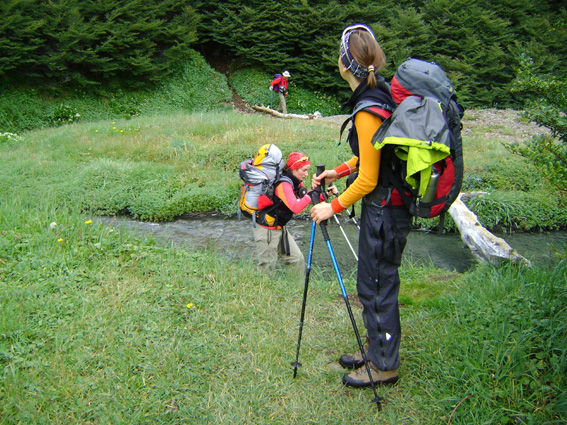South Georgia is a remote yet magical island, exquisite in its beauty and virtually unspoilt by man. It is adorned with emerald green bays, blue glacier ice and formidable snow covered peaks. South Georgia travel will expose you to one of the world’s greatest wildlife areas - the “Galapagos of the South”. Home to over 30 million breeding birds, thousands of seals, four breeding species of penguin and the largest colony of king penguins on this planet - the island teems with life.
South Georgia Expedition Cruise
South Georgia is a remote yet magical island, exquisite in its beauty and virtually unspoilt by man. It is adorned with emerald green bays, blue glacier ice and formidable snow covered peaks. South Georgia travel will expose you to one of the world’s greatest wildlife areas – the “Galapagos of the South”. Home to over 30 million breeding birds, thousands of seals, four breeding species of penguin and the largest colony of king penguins on this planet – the island teems with life.




